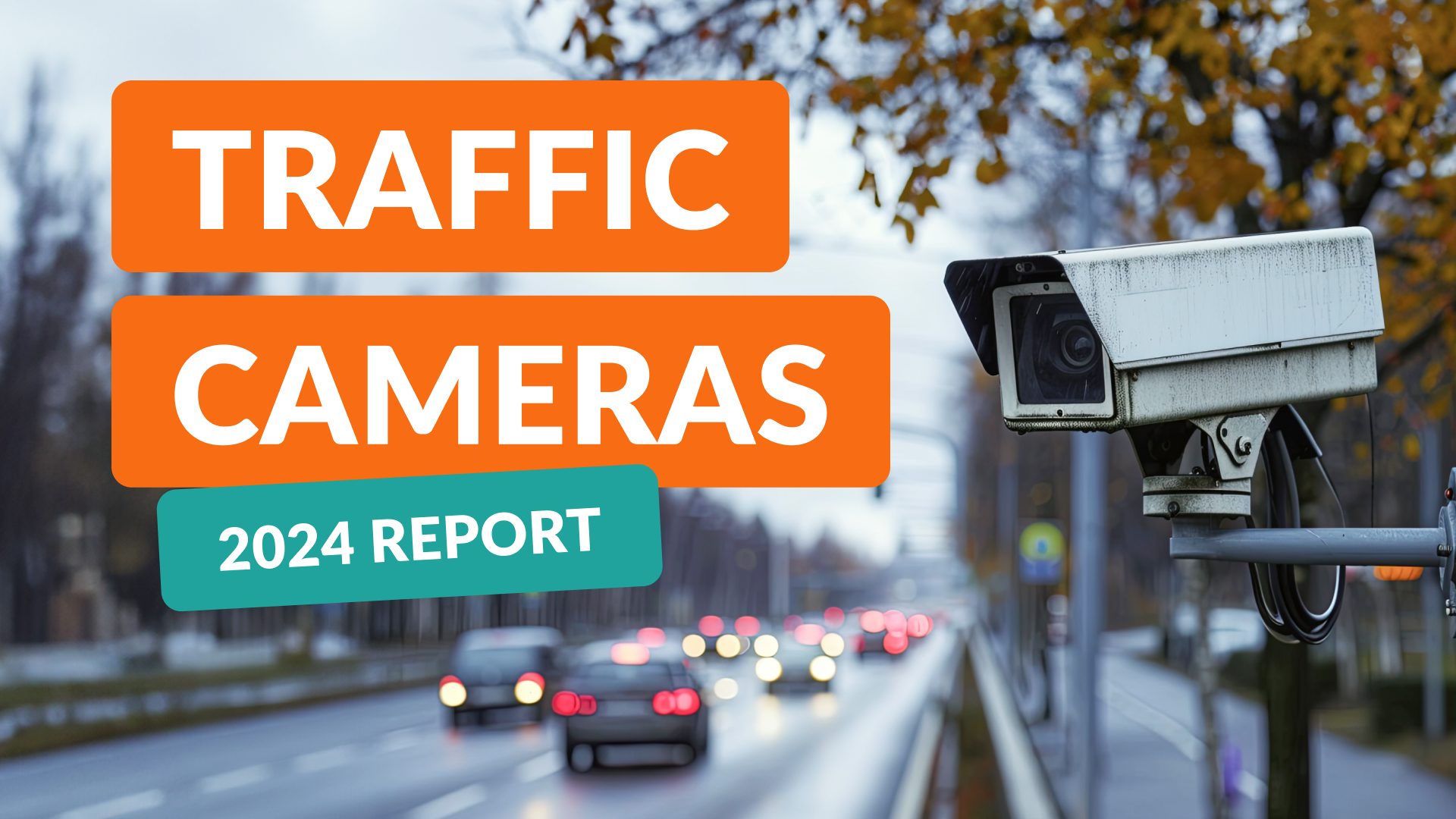
The Paradox of Speed Cameras and Red-Light Cameras in High-Speed Driving States
Speeding, red-light running, and school bus stop-arm violations are significant contributors to road fatalities in the United States, with more than 100 deaths occurring daily due to traffic incidents. Despite advancements in traffic safety measures, including the implementation of speed safety cameras and red-light cameras, certain states continue to report high rates of speeding-related fatalities. This report delves into the effectiveness of automated enforcement technology in controlling dangerous driving behaviors, highlighting the complexity of the issue with a focus on states that have both embraced and resisted such technologies.
Background
The Governors Highway Safety Association (GHSA) has recently highlighted the increasing concern over traffic fatalities, which have spiked 30% over the past decade. In response, states, cities, and towns across the U.S. are turning to traffic safety cameras as a proven method to curb dangerous driving behaviors. However, the effectiveness of these measures is under scrutiny, as some states with these technologies in place continue to report high rates of speeding.
Analysis of High-Speed Driving States
The data reveals a stark contrast in the implementation and outcomes of traffic safety cameras in various states. States like New Mexico, Hawaii, Louisiana, Kansas, and Kentucky rank at the top for speeding-related fatalities. Among these, New Mexico, Louisiana, and Hawaii have permitted both red-light and speed cameras (with the exception of speed cameras in Hawaii), yet they still report high rates of dangerous speeding. Kansas and Kentucky, which do not permit either type of camera, also find themselves on this list, suggesting that the presence of automated enforcement technology alone may not be sufficient to deter high-speed driving behaviors.
You can check by the link Zutobi Report: “What State Drives The Fastest? Speeding Report”.
Factors Influencing the Effectiveness of Automated Enforcement
Public Acceptance and Transparency: Community participation and engagement are crucial for bolstering public acceptance and trust in automated enforcement programs. States that have successfully integrated these technologies have done so with transparent policies and clear communication regarding the deployment of cameras.
Appropriate Placement and Usage: The effectiveness of cameras is significantly influenced by their placement in locations justified by crash, injury, or fatality data. Additionally, the revenue generated from these cameras should be earmarked for traffic safety initiatives to underscore their purpose as safety tools, not income sources.
Legislative Support and Enforcement: The presence of reciprocity agreements to address out-of-state violators is essential, as is legislative support for the enforcement of penalties for violations detected by cameras.
Complementary Safety Measures: Other countermeasures, such as speed calming techniques, should be considered alongside automated enforcement to create a comprehensive approach to traffic safety.
States with Permitted Use of Automated Enforcement Technologies by State Law

Conclusion
The data from states with high rates of speeding-related fatalities, despite the implementation of speed safety and red-light cameras, underscores the complexity of addressing dangerous driving behaviors. While these technologies have been proven to reduce traffic violations and incidents, their effectiveness is contingent upon a variety of factors, including public acceptance, strategic placement, legislative backing, and the integration of additional traffic safety measures.
This analysis highlights the necessity of a multifaceted approach to speed regulation, one that goes beyond automated enforcement to address the root causes of high-speed driving and enhance overall road safety.
Methodology
Data in this report has been gathered from the Zutobi Speeding Report and the Traffic Safety Сameras Report from the Governors Highway Safety Association (GHSA).

550+ exam-like questions
All you need to ace your test
Perfect for first-timers, renewals and senior citizens
Recommended articles
Ace your DMV test, guaranteed
Want to Be the Top School in Your Area?
- Simple & automated admin
- More time for teaching
- #1 learning materials for students


